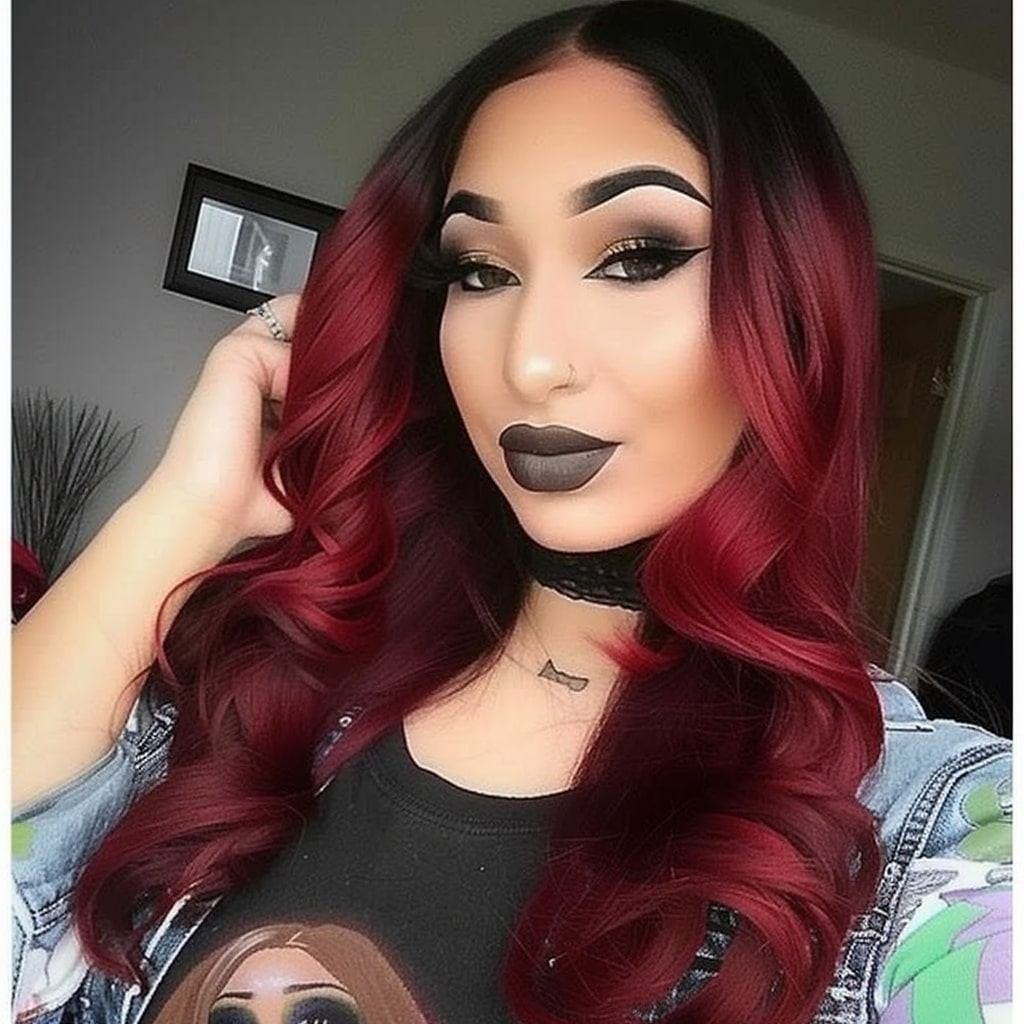How to Safely Remove Tape-In Hair Extensions at Home

Introduction
Tape-in hair extensions are a popular choice for those looking to add volume, length, or color to their natural hair without the long-term commitment of more permanent methods. They involve sections of hair being attached close to the root with a panel of adhesive tape. While these extensions offer a seamless and natural-looking enhancement when properly applied, their removal requires equal care to avoid damage to your natural hair.
Removing tape-in extensions at home can be a straightforward process if done correctly, with the right techniques and tools. It's crucial to approach this task with patience and the proper knowledge to ensure that both your extensions and natural hair remain in the best possible condition. This guide will walk you through the techniques and tools you'll need for a safe and effective removal process, ensuring your hair remains healthy and ready for your next hair transformation.
Step-by-Step Removal Process
After choosing the removal technique that suits your needs best, follow this step-by-step guide to safely remove your tape-in hair extensions.
Step 1: Sectioning the Hair
Begin by using a hair clip or tie to section off your hair. You'll want to work with one tape-in extension at a time to ensure the process is as gentle and precise as possible. Isolate the section with the extension you're working on, and clip the rest of your hair out of the way.
Step 2: Applying the Removal Solution
Based on the removal technique you've chosen (oil-based, alcohol-based, or heat), apply your chosen solution directly to the tape bond. If using oil or alcohol, ensure the solution thoroughly saturates the tape. If using heat, gently warm the bond with a hair dryer set to a low heat setting.
Step 3: Gently Removing the Extensions
Once the adhesive has been sufficiently loosened, begin to gently peel the tape away from your hair. Use a fine-tooth comb to help separate the tape from your hair strands if necessary. It’s important to be as gentle as possible during this step to prevent damage.
- For stubborn bonds: If you encounter a tape piece that isn’t coming out easily, reapply your chosen solution and allow it to sit for a few more minutes before attempting to remove it again.
Step 4: Cleaning the Hair
After all extensions have been removed, there may be some residual adhesive left in your hair. Apply a small amount of your removal solution (oil or alcohol) to any sticky spots, and gently comb through your hair to remove the residue. Finally, wash your hair with a mild shampoo to cleanse away any remaining solution or adhesive, followed by a hydrating conditioner to help soothe your scalp and hair.
This careful and methodical approach to removing your tape-in hair extensions ensures that your natural hair remains healthy and undamaged throughout the process. Remember, patience and gentle handling are key to a successful and damage-free removal.
Aftercare and Maintenance
Once your tape-in extensions have been successfully removed, it’s essential to focus on aftercare to ensure your natural hair and scalp recover well from the process. Proper aftercare can also prepare your hair for future extensions, if desired. Here are steps to follow for effective aftercare and maintenance:
Treating the Scalp and Hair Post-Removal
- Deep Conditioning: After removing the extensions and washing your hair, apply a deep conditioning treatment. Look for products that are rich in moisture and nutrients to help repair and hydrate your hair.
- Scalp Care: Your scalp may have experienced stress or dryness from the extension adhesive and removal solutions. Use a gentle, nourishing scalp treatment to soothe and moisturize the scalp, promoting healthy hair growth.
- Trimming: Consider getting a trim to remove any split ends and ensure your hair is in its healthiest state. Even a slight trim can help promote healthier hair.
Tips for Hair Recovery
- Limit Heat Styling: After removing your extensions, try to limit the use of heat styling tools to prevent additional stress on your hair.
- Avoid Chemical Processes: Give your hair a break from chemical treatments such as coloring, perming, or straightening for a few weeks to allow it to recover fully.
- Gentle Styling: Opt for loose, gentle hairstyles that don’t pull on your hair or scalp. Tight hairstyles can lead to stress on your hair follicles and may inhibit healthy growth.
- Regular Conditioning: Continue to use hydrating shampoos and conditioners, and consider incorporating leave-in conditioners or hair oils into your routine for extra moisture and protection.
Following these aftercare and maintenance tips will help ensure your hair remains healthy, strong, and ready for any future styling or hair extension applications.
Conclusion
Removing tape-in hair extensions at home can be done safely and effectively with the right techniques, tools, and patience. By following the step-by-step guide provided, you can ensure that your natural hair remains healthy and undamaged throughout the removal process. Aftercare is crucial for maintaining the health of your hair and scalp post-removal, so don't skip the recommended treatments and maintenance tips.
If you're considering reapplying tape-in extensions or exploring other hair enhancement options, remember to choose high-quality extensions for the best results and to minimize potential damage to your hair. For those interested in premium tape-in extensions, consider exploring options from Canada Hair. We offer a selection of high-quality human hair tape-in extensions by Tara Hair and Remy hair extensions by Quality Hair, designed to provide a natural, seamless look while ensuring the health and integrity of your natural hair.

 My Store Credit
My Store Credit
 Buy Again
Buy Again






